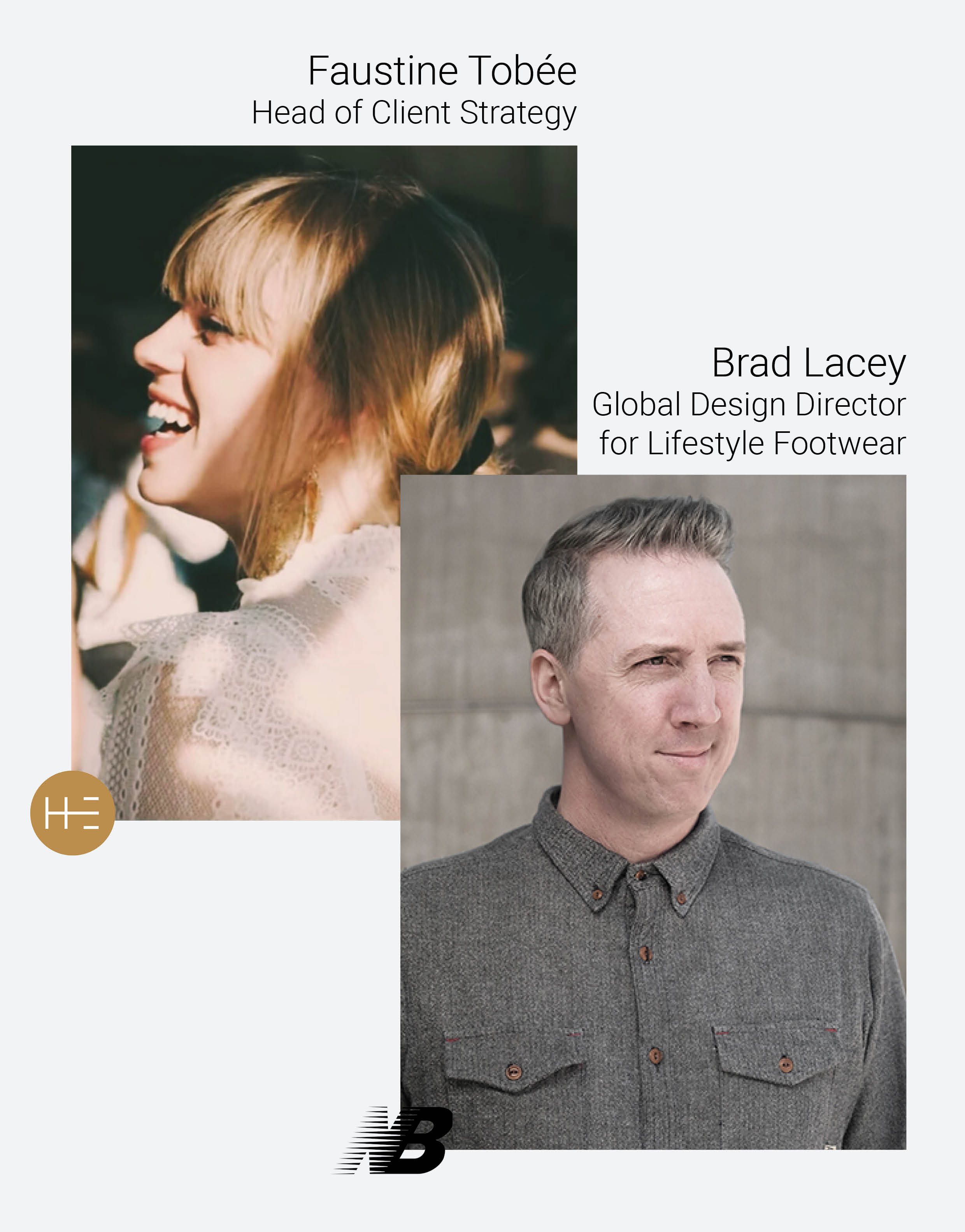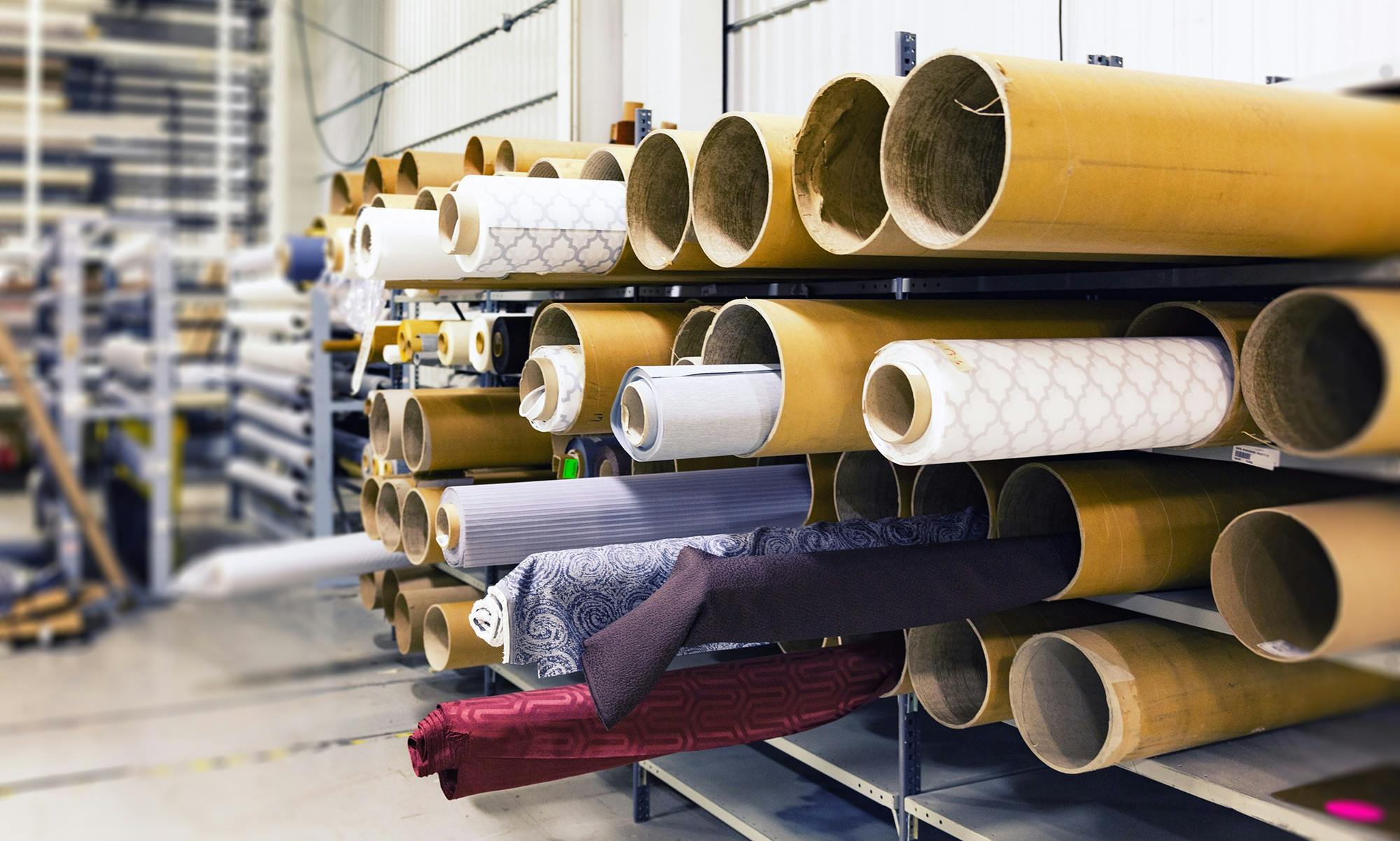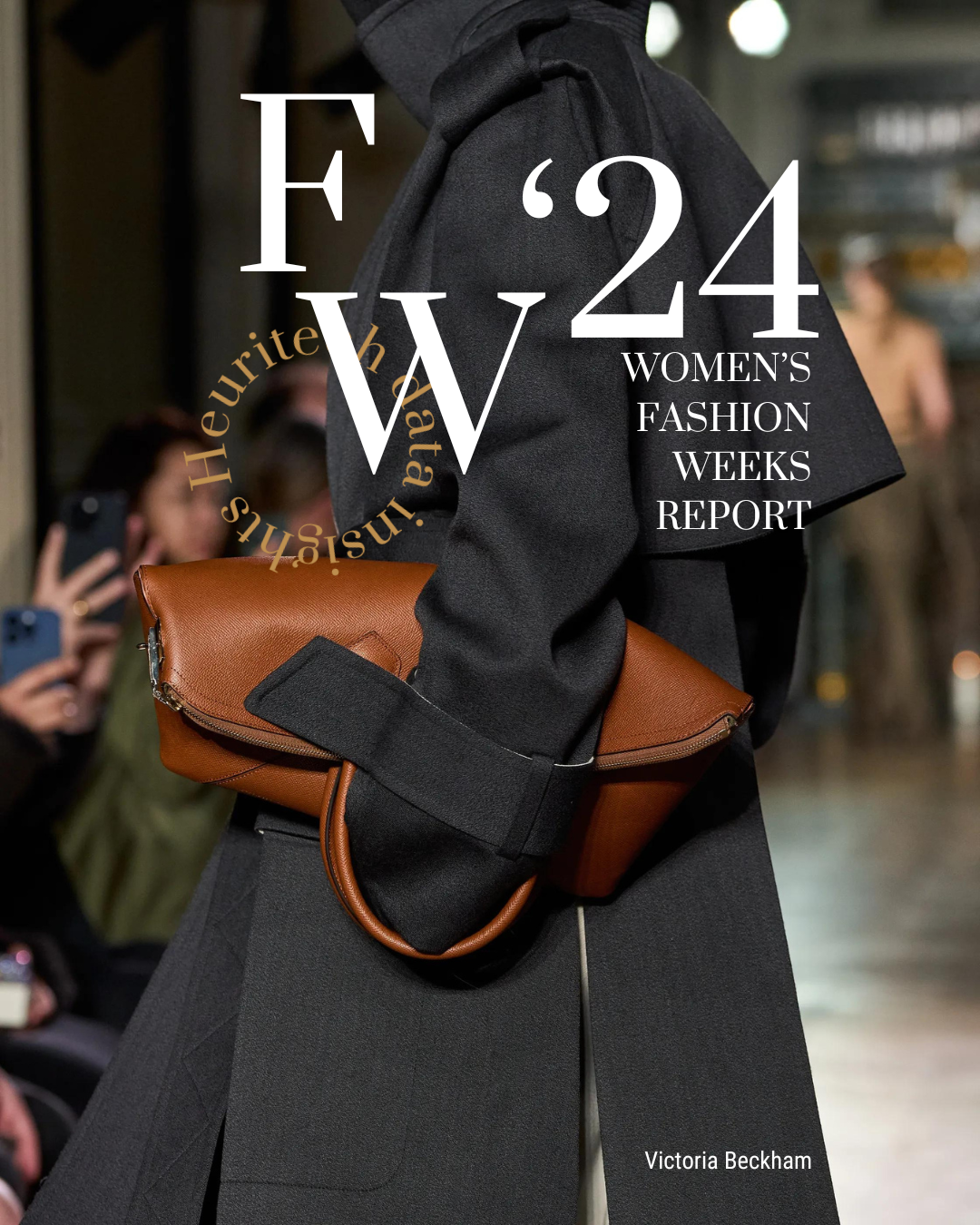At Heuritech, we have our finger on the pulse of all things fashiontech. We are at the heart of the digital transformation taking place in the fashion industry, and we had the opportunity to interview one of our clients about this very subject. Our Head of Client Strategy Faustine Tobée sat down with Global Design Director of New Balance, Brad Lacey, for a conversation we like to call “When Fashion and Technology Collide.”
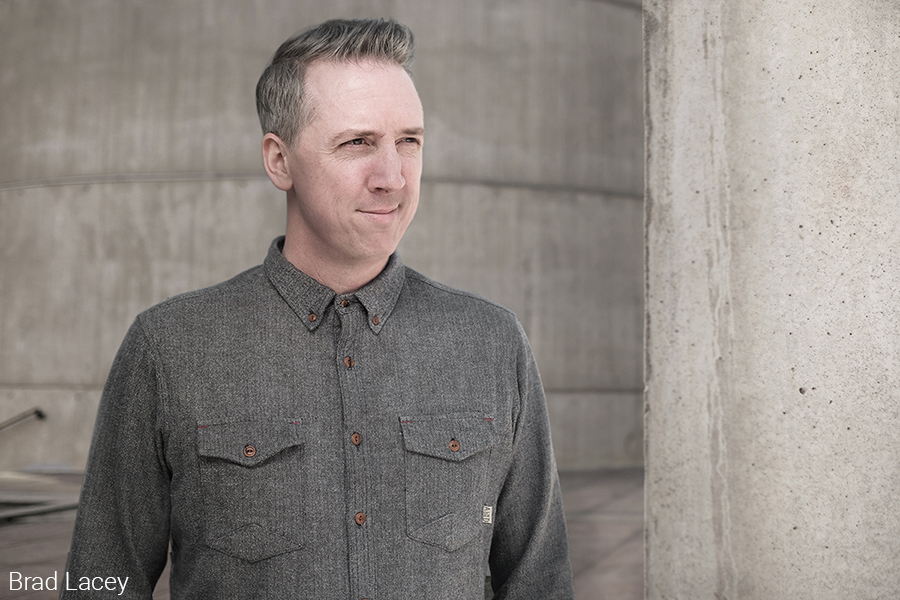
Faustine Tobée: Hi, Brad. You have been working as the Global Design Director for New Balance for more than 7 years now, after having worked for both Converse and Puma. As you’ve said yourself, you’ve really seen the before-and-after of the digital era. The first question I have is: Throughout your years of experience, which changes in the design process have most impacted you, your team, and your way of working?
Brad Lacey: With the Internet and Instagram, there didn’t used to be bots and algorithms like there are today. The information you receive is tailored to you, so it’s important to have a wary eye to be able to question what you’re seeing through this information filter. That’s what I find interesting about machine learning: you strip away some of those biases. Yes, there’s a human telling it what to look at, but at least it’s a more analytical approach to how that wave of fashion and culture is moving.
There’s so much waste in fashion in general largely because we don’t understand consumer desires and needs to the degree that we need.
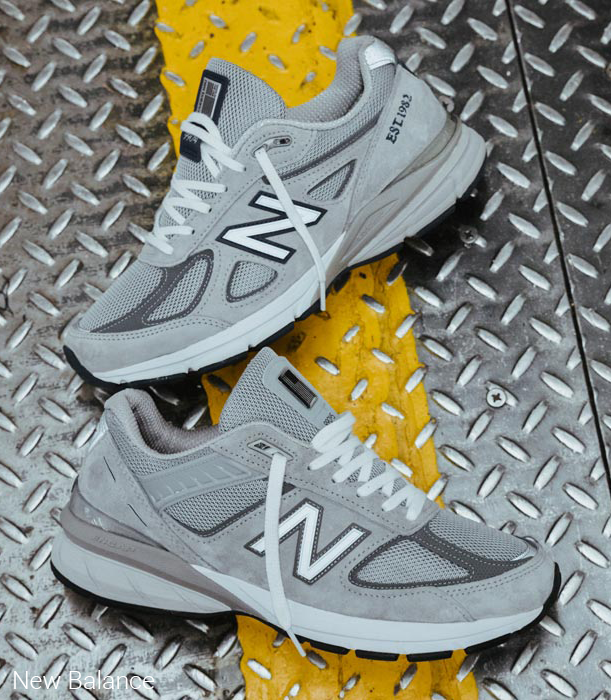
It’s too early to know how we’ll actually use machine learning, but it’s very quickly shaping design jobs. Our New Balance Head of Concept Design Jenny Ross, for example, says this technology has really affected the way that she creates Concept and the way that she looks at Color and Trend, not just in season but for multiple seasons. From early on in her career, she’s largely been driven by the classic influences, but also by intuition — the feeling of “This is where I think it will go next.”
Predictive analytics is changing that. Yes, you never lose the value of [Ross’] intuition, but today she has so much more information in her hands to read the tea leaves of where we think things are going. So in terms of how you set the stage for the season, it’s really interesting from that perspective.
It’s the designer’s job to look for patterns and find the most efficient path to realise all of that information into practical use for the product.

I think another valuable point is, as you think about being efficient in your inspiration and how to manage your collections, with machine learning you can predictably know where to take up to 80% of your collection. You’re left with 20% of the collection to know what you can innovate — there’s now so much more white space for the design team to be more creative. Designers aren’t trying to solve a problem that hasn’t already been solved; rather, they’re spending their time on more forward thinking.
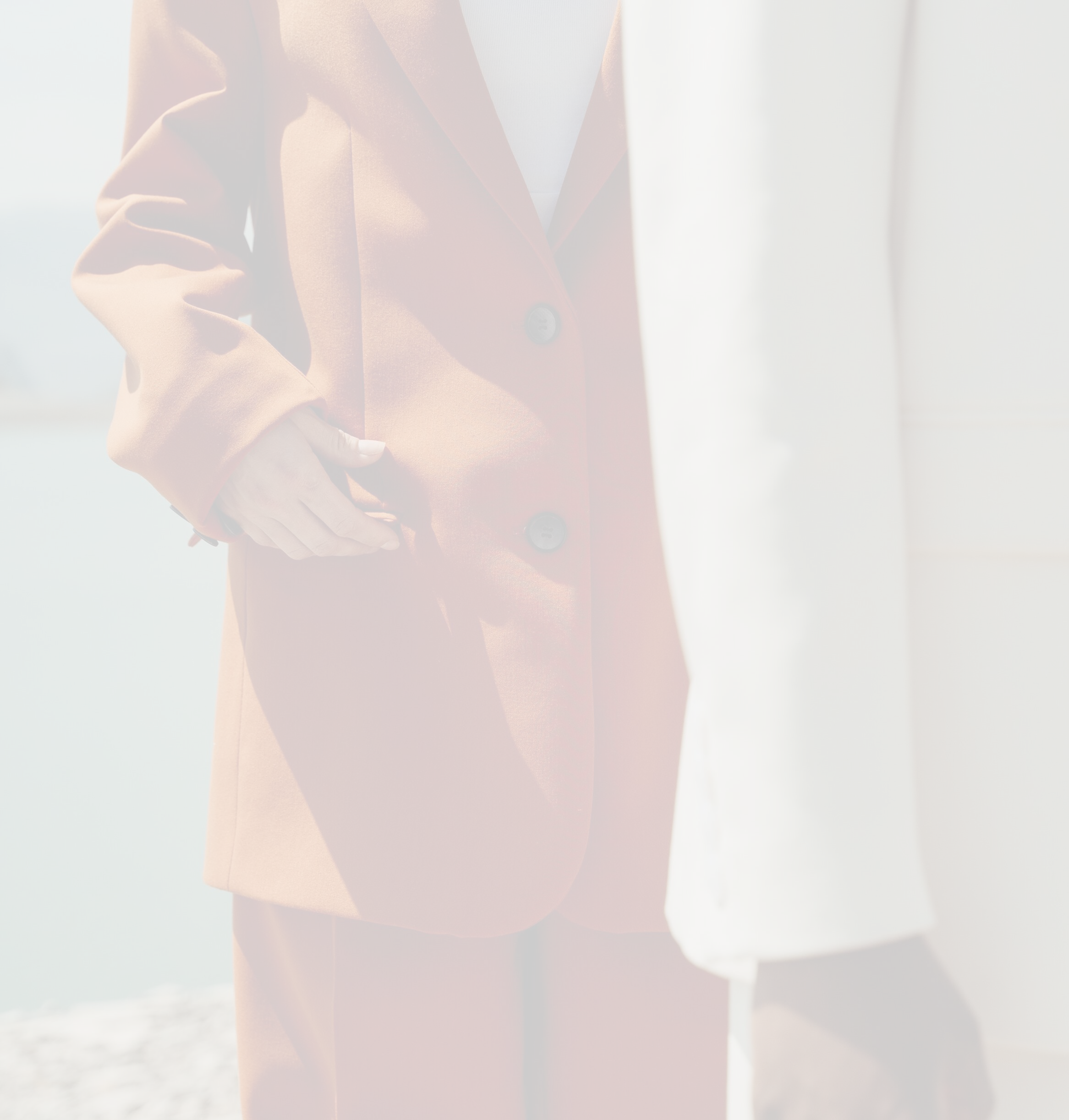
Discover our report on the symbiosis between creativity and technology
FT: Tell me: How have digital tools and innovation reshaped your creativity and your productivity as a designer?
BL: Tools have always shaped design, it’s just the pace at which the tools are changing that’s accelerating. When we all started designing in Adobe Illustrator, for example, we could already see that the way we designed sneakers had evolved. We could be hyper accurate, enlarge the image, and so on. You saw sneakers change.
Because of this, the community of sneaker designers is no longer within the brands, but rather the thousands of sneaker fans who are picking up these tools and creating themselves. This democratisation of creation is incredibly inspiring, but from the perspective of designers who legitimately work for brands, it’s a dilemma. The question now is: How do you, in this era of virtually unrestrained creativity, still drive a vision?
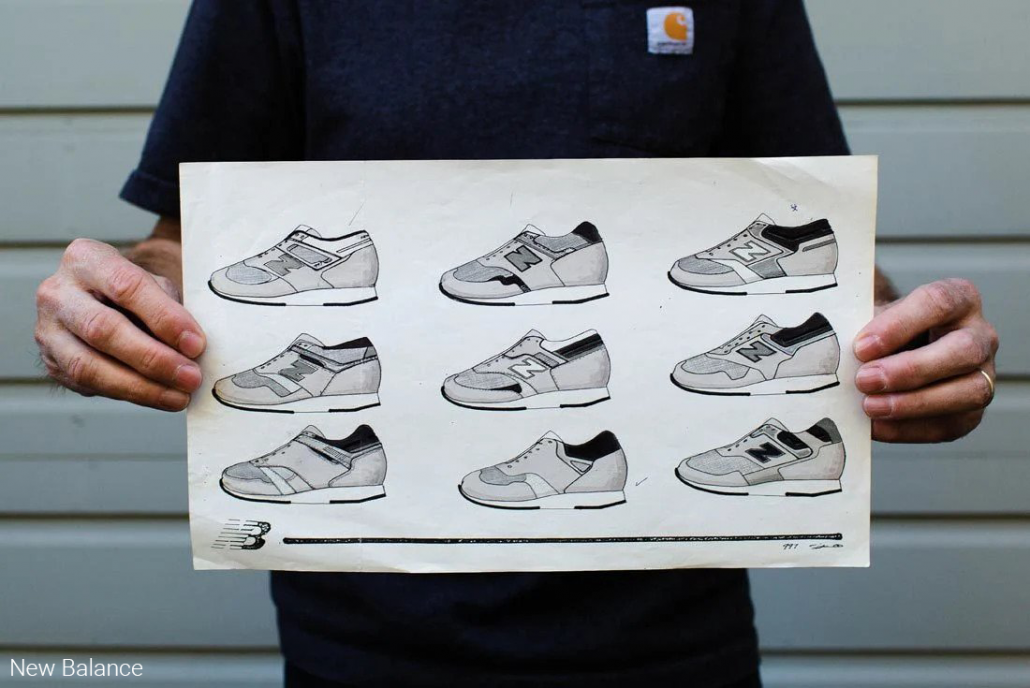
FT: How are these new tools helping you know more about the consumer and how to connect with them?
BL: There’s so much data out there now that wasn’t available even 5 years ago. This has majorly improved the overall understanding of consumers, like why consumers resonate with our brand and our product, and how we can better serve them. It’s the designer’s job to look for patterns and find the most efficient path to realise all of that information into practical use for the product.
It can feel daunting, but I think there’s two ways to look at it. The pessimistic way is, “How is this replacing my job?” It’s a reaction of fear to think that these tools are here to replace you and your creativity. On the other hand, the optimistic way is, “How does this make me a better designer?” I look at how these tools can make me and my team more efficient and inspired. When you have these unlocks driven by data and information, or the unlock of new capability in a tool, that learning is incredibly inspiring as a designer.
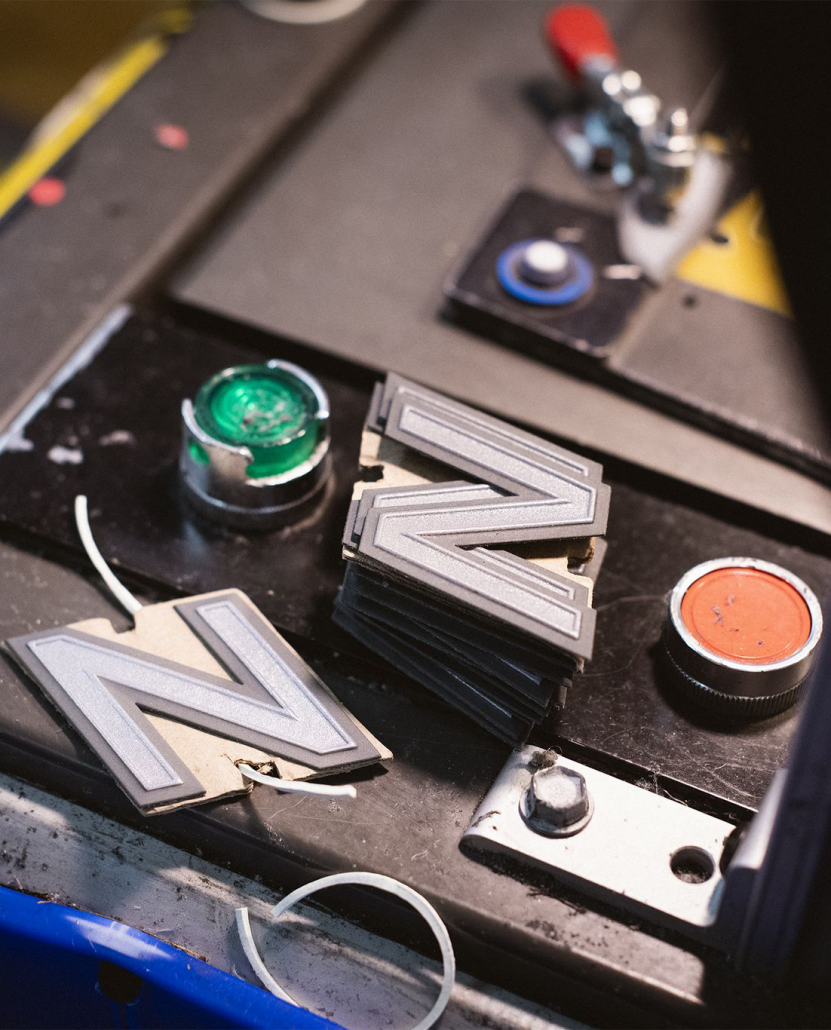
FT: We couldn’t agree more at Heuritech! I have one last question: For sports and athleisure brands, like New Balance, what will be the next topics in innovation?
BL: Sustainability is where every brand drops their guard and wants the other to succeed — it’s our responsibility as a design community. Of course, we’re innovating every day in how we protect the planet, but also we’re being more efficient in doing so. There’s so much waste in fashion in general largely because we don’t understand consumer desires and needs to the degree that we need to. Plug for Heuritech! Understanding people’s needs is a big part of sustainability.
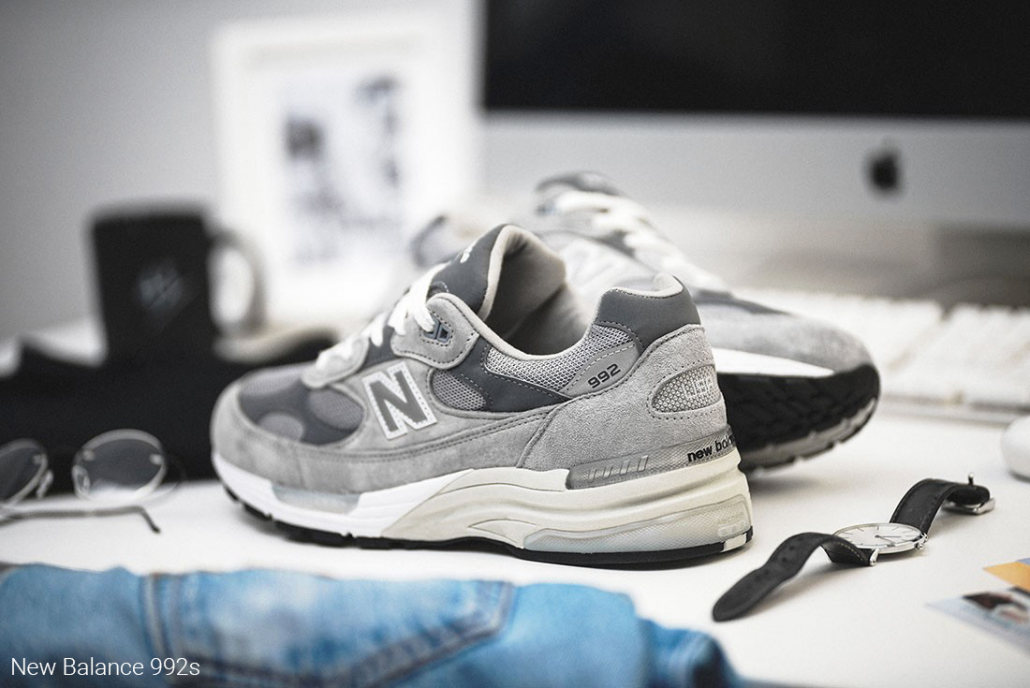
With technology in fashion, the pessimistic vision is, “How is this replacing my job?”
The optimistic way is, “How does this make me a better designer?”
I also think inclusivity and social awareness are things that have come into sports design in a huge way, and long overdue. Respecting people’s differences and inviting them into the conversation is huge, so building a team which respects, looks like, and understands the world is so important.
This is a big topic for New Balance — as a running brand, one of our points of difference has always been recognizing that runners come in all shapes and sizes, with all different reasons for why they run. Trying to cater to all those different needs is just a central part of who we are, and we now have big data to help us create individualized products for people to better support their sports or lifestyle objectives.
FT: Brad, thank you so much for joining this conversation today and sharing a bit of your knowledge with Heuritech.
